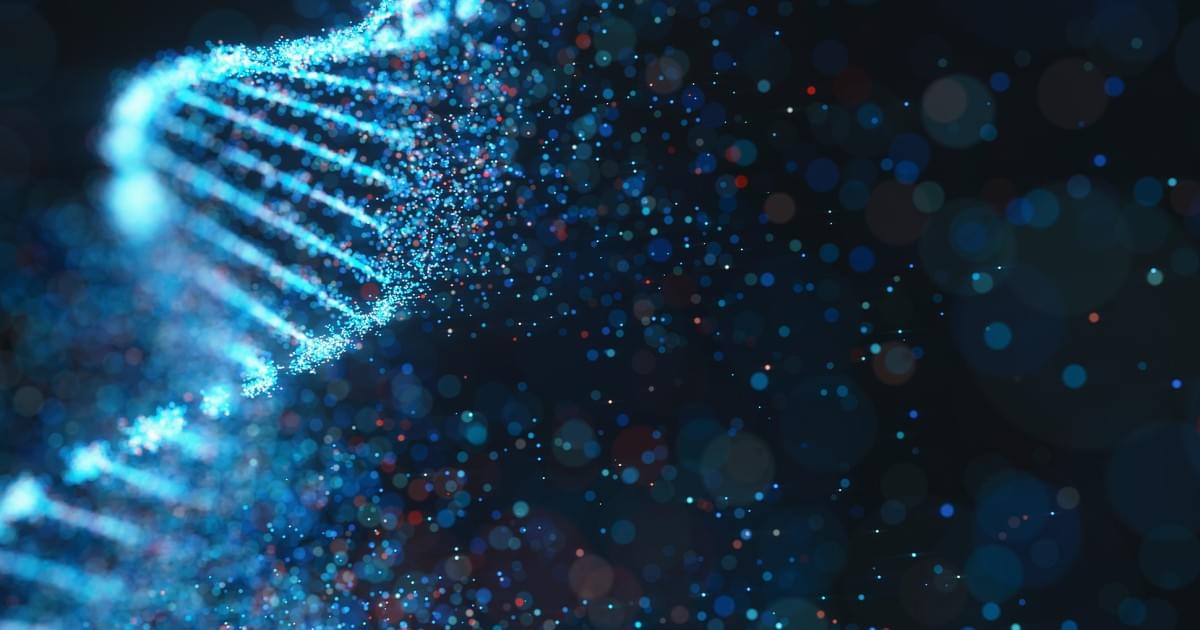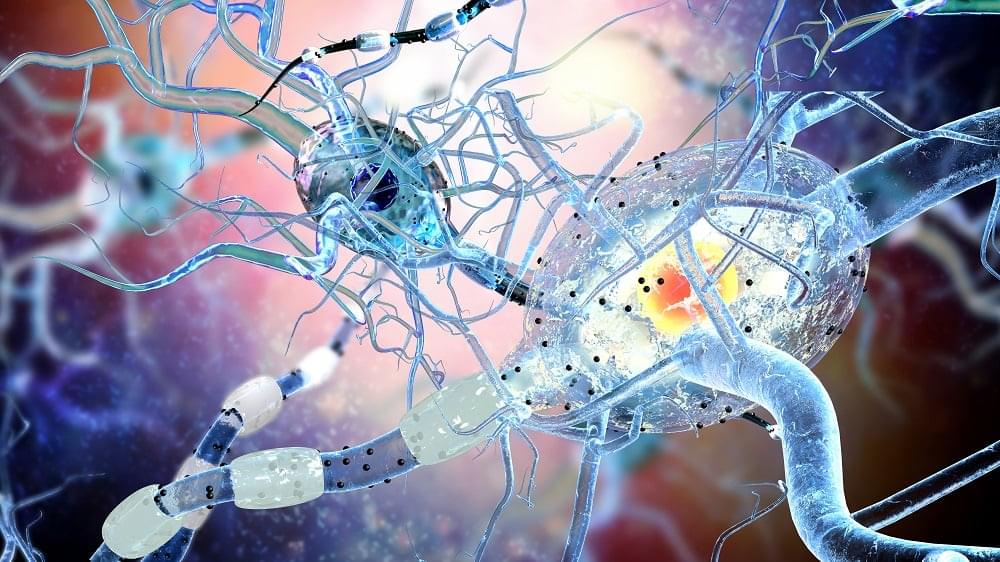The background
Most biochemistry labs that study DNA isolate it within a water-based solution that allows scientists to manipulate DNA without interacting with other molecules. They also tend to use heat to separate strands, heating the DNA to over 150 degrees Fahrenheit, a temperature a cell would never naturally reach. By contrast, in a living cell DNA lives in a very crowded environment, and special proteins attach to DNA to mechanically unwind the double helix and then pry it apart.









